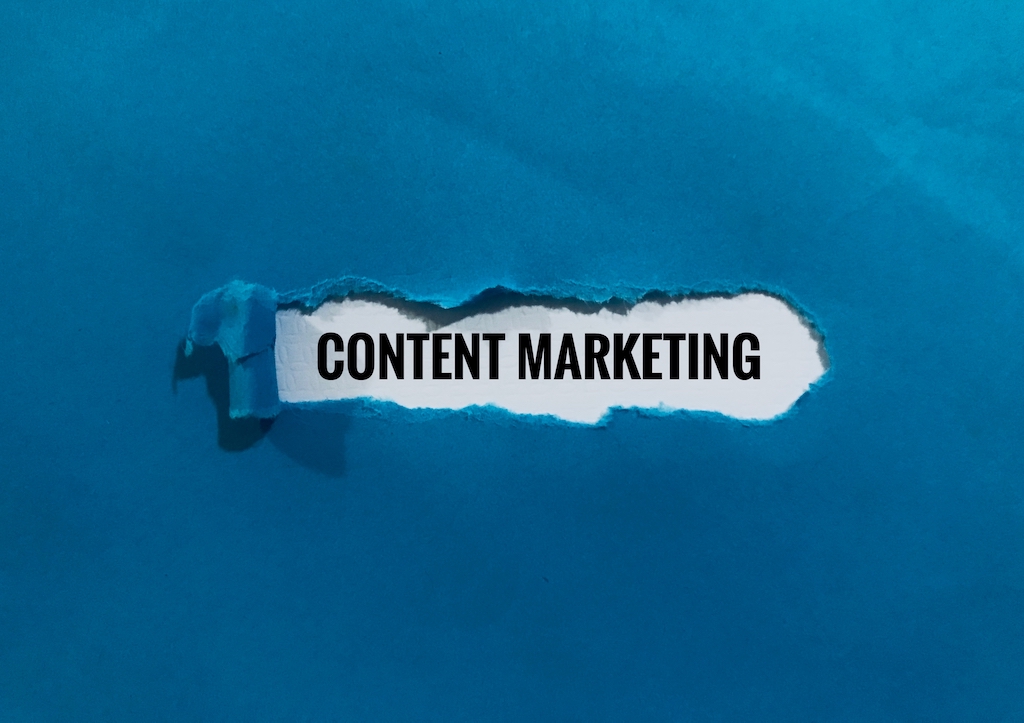
The Potential of Generative AI for Marketing and Content Creation
Generative artificial intelligence (AI) represents an exciting new frontier in marketing and content creation. This technology leverages large language models to generate written content, images, audio, and more based on human prompts. As generative AI capabilities improve, it has the potential to transform content operations for businesses.
What is Generative AI and How Does it Work?
Generative AI is powered by natural language processing (NLP) and artificial neural networks (ANNs). It is “trained” by consuming massive amounts of content from the internet. This allows generative AI models to understand natural language patterns and likely word relationships. When prompted by a human creator, the AI can continue an existing piece of text, rephrase it, or generate brand new content using its learned language skills. While early generative AI focused on text, new models can also create images, videos, and audio.
Key Benefits for Marketers and Content Creators
– Faster ideation and creation. Generative AI can help jumpstart the creative process by generating initial ideas that creators can refine. This saves significant time compared to starting from scratch.
– Simplifying complex ideas. The AI can take dense, complex content and simplify it for different audiences and mediums.
– Visual asset creation. Rather than hunting for stock photos, generative AI can create custom images based on prompt descriptions.
– Overcoming writer’s block. If stuck on a piece, creators can use AI to generate transitions or additional content to move past blocks.
– Adapting content for multi-channel campaigns. A single piece of content can be turned into social posts, emails, landing pages, and more.
– Automated translation. Generative AI can translate content into other languages while adjusting for localization.
– Personalized outreach. Customer data can be used to tailor sales and nurturing sequences.
– A/B testing. The AI can quickly generate multiple variations of ads and landing pages.
Limitations to Understand
While promising, generative AI does have limitations marketers should understand:
– It cannot conduct original research or analysis. Human insight is still essential.
– There is no capacity for true creativity or ideation. The AI generates logical content but does not have a creative point of view.
– Output quality is not guaranteed. Humans must review and refine all AI-generated content.
– There is a risk of bias. The AI’s content sources impact its output, so diversity of source material is important.
– Plagiarism is unlikely but possible. AI does not simply regurgitate existing text, but safeguards help avoid plagiarism.
Implementing Generative AI in Your Content Workflow
When adding generative AI into your team’s workflow, best practices include:
– Integrate it directly into existing tools like content management systems.
– Train content creators on ideal use cases and oversight.
– Start with non-critical content and measure results.
– Use time savings to invest in original research and ideas.
– Adapt roles and workflows rather than replacing creators.
Used strategically, generative AI can supercharge marketing and content teams. But human creativity, judgment and quality control remains essential. This technology is still in its early days, but holds great promise for enterprises looking to improve content velocity and variety.
